    |
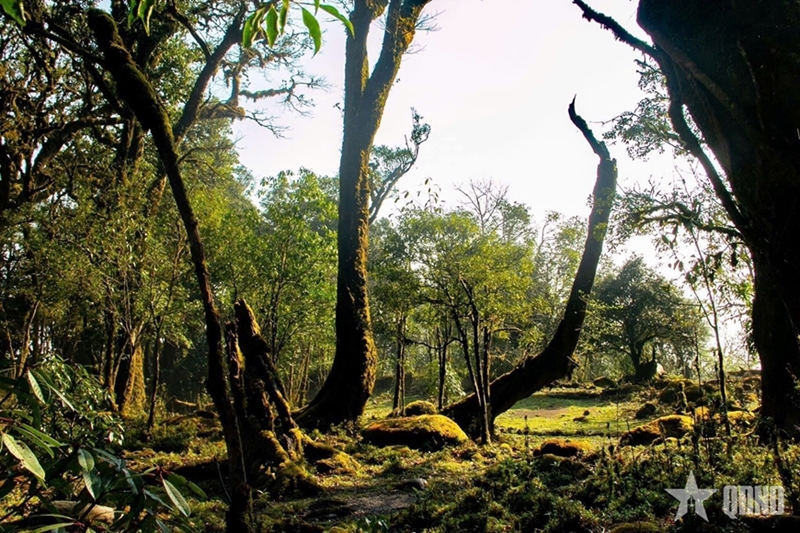 |
|
The pristine majesty of mountains draws trekkers from across the country. |
Located more than 2,800 meters above sea level, Ta Xua is among Vietnam’s highest mountain ranges. Its narrow, winding paths and steep slopes form a rugged landscape surrounded by deep valleys. Situated in Bac Yen district of Son La Province (now Bac Yen commune, Son La Province) and bordering Tram Tau district (now Tram Tau commune, Lao Cai Province), the region is home to famous natural sites such as the “Ta Xua Cloud Paradise,” the “Dinosaur Backbone Ridge,” and the Dinosaur Waterfall. Thanks to its distinctive terrain and untouched scenery, Samu Peak has become an ideal destination for trekking and hiking enthusiasts.
Blessed with rich natural endowments, the region is gradually pursuing a green, eco-friendly economic model. Its diverse biodiversity and unique terrain present significant potential for tourism, particularly for trekking. In recent years, trekking and mountain climbing have become popular travel trends, attracting adventurers eager to explore Vietnam’s unspoiled wilderness.
    |
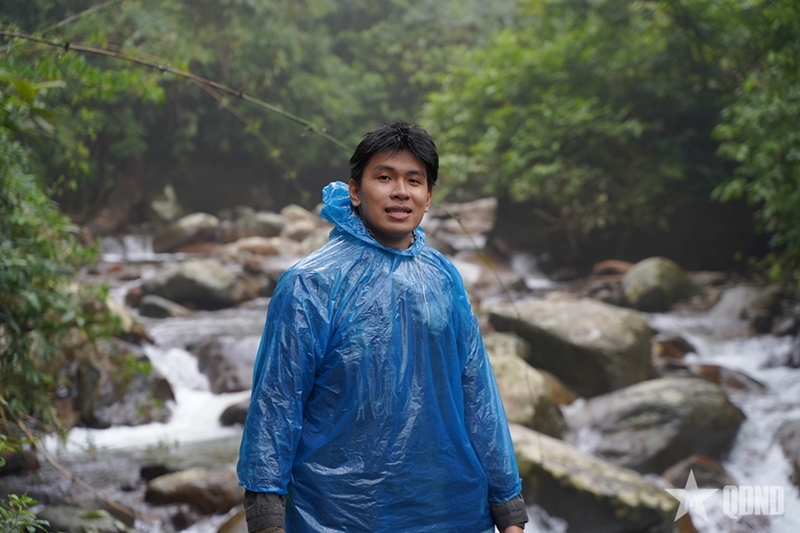 |
|
Visitors experience trekking. |
On Ta Xua tourism page, which now has nearly 700,000 members, local homestay owners say that even on weekends in October, many rooms remain available, including private rooms for two to four people and shared dorms for up to 30 guests. Kien Dung, owner of Nha Chau Homestay, said, “Most visitors book tours that include overnight stays in mountain homestays or tent rentals, so we coordinate closely with tour operators to ensure guests have the best possible experience.”
The trekking boom has spurred the development of related services, from guided climbing tours to stalls selling specialized gear, essential supplies, and food. Restaurants and mountain shops have also become increasingly active. With 782 plant species (123 of which are rare), 60 species of mammals, 215 bird species (31 rare), along with numerous reptiles and amphibians, Ta Xua’s biodiversity has greatly contributed to the area’s appeal for trekking tourism.
Ta Xua is home to many ethnic minority groups, including the Thai, H’mong, Dao, La Ha, and Muong. Among them, the Thai and H’mong make up a large part of the population and continue to preserve their traditional festivals and crafts, such as linen weaving, Do paper making, and knife forging. These cultural traits add depth to the region’s identity and help promote community-based tourism.
    |
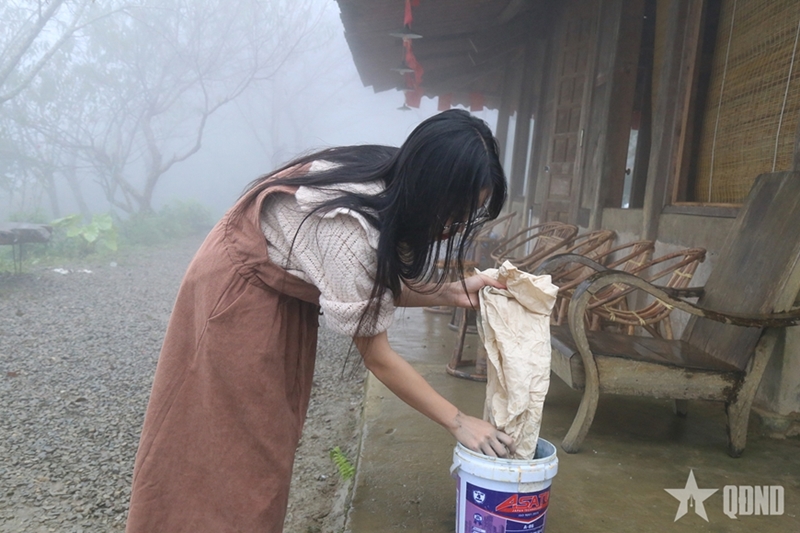 |
|
Visitors experience traditional indigo-dyeing activities in Ta Xua. |
Local people have seen their livelihoods improve since trekking tourism took hold. Giang Thi Song, a 23-year-old H’mong woman, said, “In recent years, more tourists have come to experience mountain climbing. Thanks to that, villagers can sell more products like food, daily necessities, and accommodation services. This brings higher income than before, when we only earned from entrance or sanitation fees. We are very happy to have more work and better living conditions.”
Late October to early November is considered the most beautiful time to visit Ta Xua. The natural scenery is at its most magnificent, offering breathtaking cloud-hunting moments and ideal weather for trekking. During this period, local festivals and cultural events are also held more frequently, giving visitors a deeper look into mountainous life.
Quynh Huong, a 20-year-old visitor from Hanoi, said, “I never thought I would travel to such remote and majestic places, but since trekking became popular, I’ve wanted to try it. I’m excited to taste local food, explore forests, and experience the unique culture of Son La.”
    |
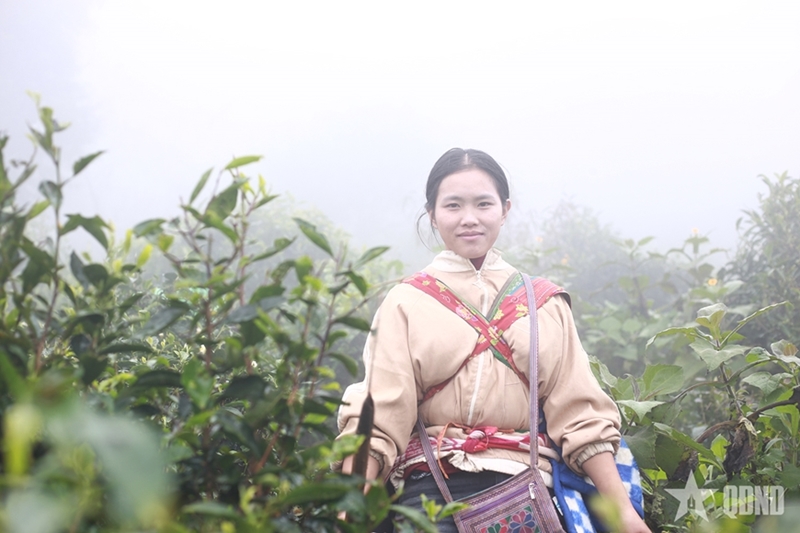 |
|
Trekking has become a trend. |
    |
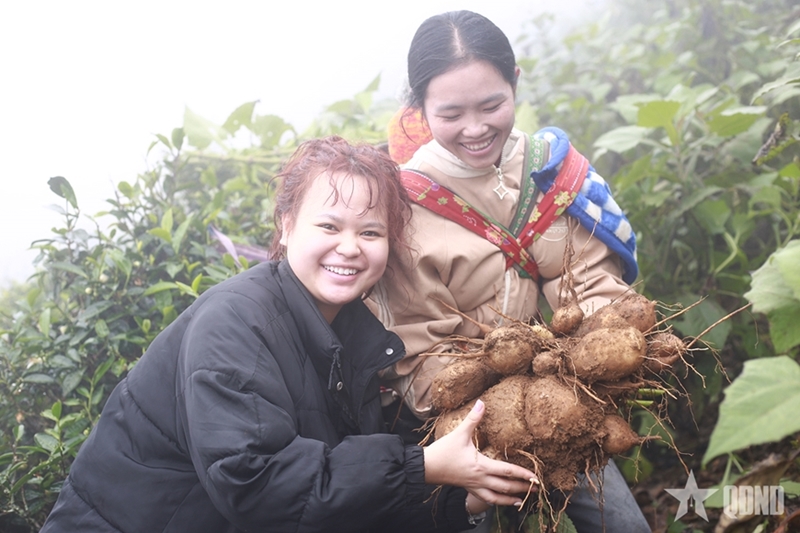 |
|
Trekking has reshaped both community life and the region’s tourism identity. |
“It’s convenient that trekking services at Samu Peak now include meals, accommodations, and all necessary equipment. Leaving the crowded city to climb mountains and enjoy nature is truly an unforgettable experience,” said Huong.
The rise of trekking not only helps protect valuable natural resources but also promotes Son La’s scenic beauty to travelers at home and abroad. With its majestic mountains, rich biodiversity, and cultural heritage, Ta Xua is stepping into a new era of sustainable and community-driven tourism.
Translated by Tran Hoai